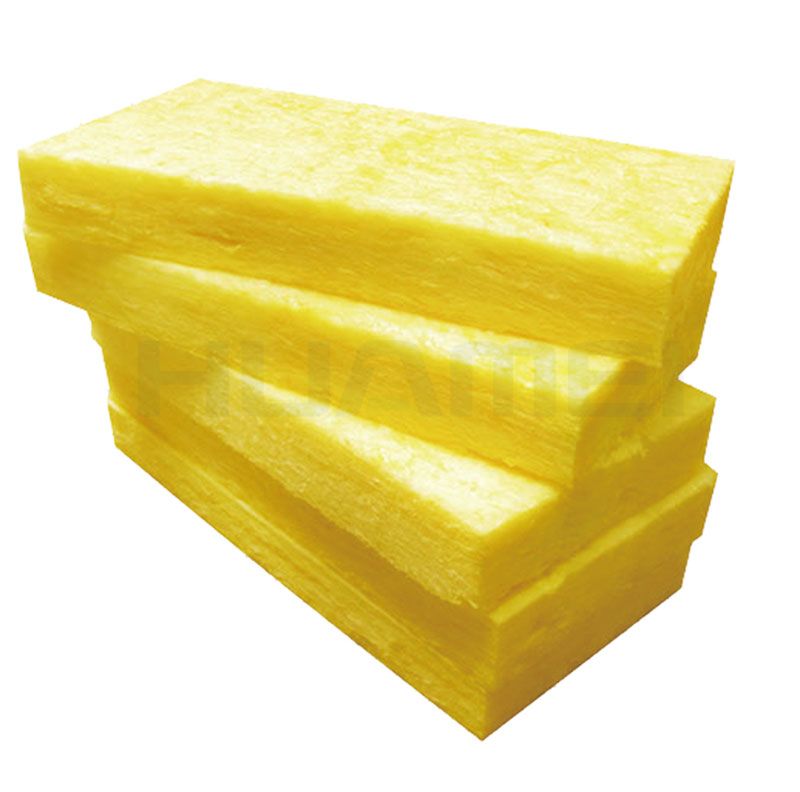Glass wool is a kind of building insulation material, which has a good building insulation and sound insulation effect. There are so many types of building insulation materials in China. Why can glass wool stand out from many building insulation materials and occupy a place in the highly competitive insulation material market? The following Glass Wool Manufacturer will introduce to you.
Glass wool is a heat-insulating and sound-absorbing material made of glass in a molten state by using advanced centrifugation and other processes, and then spraying a binder and processing it through a thermal curing process.
The fiber structure inside the glass wool is fluffy and staggered, and there are a lot of tiny air pores, so it has good thermal insulation and sound absorption characteristics. The good sound absorption performance of glass wool is not only related to the structure of the material, but also inseparable from the thickness, bulk density, and cover material of the material, which determines that the production process requirements of glass wool are much higher than other insulation materials.
The rough appearance of Glass Wool insulation material is not a problem of the process. This is because the special pore structure of glass wool makes the sound waves enter the material through countless small pores and holes when the external sound waves directly hit the glass wool insulation material. It oscillates with the fine fibers of glass wool, and converts most of the sound wave energy reflected back into heat energy consumption perfectly. It can be seen that the reason why glass wool insulation material can absorb sound is not because of its rough appearance, but because it has a lot of fine pores and holes that communicate with each other.
Glass Wool
The specifications of glass wool can be customized. Depending on the application of different scenarios, the thickness and density of glass wool required are different. There are three main factors affecting the sound absorption performance of glass wool, one is thickness, the other is density, and the third is air flow resistance. Among them, air flow resistance can most affect the sound absorption capacity of glass wool insulation materials. Air flow resistance refers to the ratio of air pressure and air velocity on both sides of the material at a unit thickness. If the density is too small, the flow resistance of the material is too small, and the sound can easily pass through the glass wool, resulting in a reduction in the sound absorption effect; if the density is too large, the flow resistance of the material is too large, and the sound cannot produce well with the air Oscillation will also reduce the sound absorption effect. Therefore, the density of the glass wool insulation material is very elegant, the density of the glass wool determines to some extent its sound absorption performance.
The above are the influencing factors of the sound absorption performance of the glass wool insulation material introduced by the supplier of Glass Wool Batts. I hope to help you.

评论
发表评论